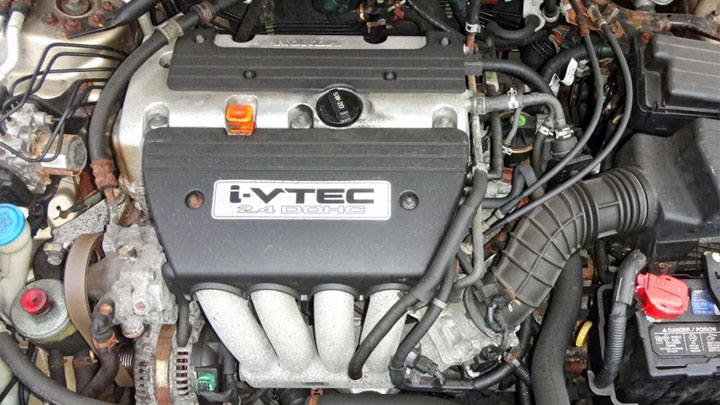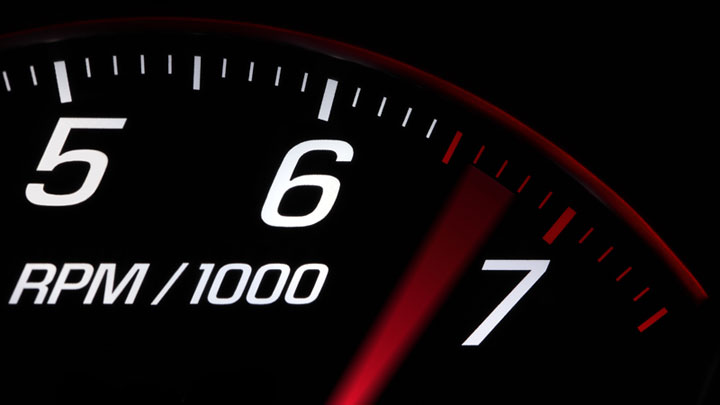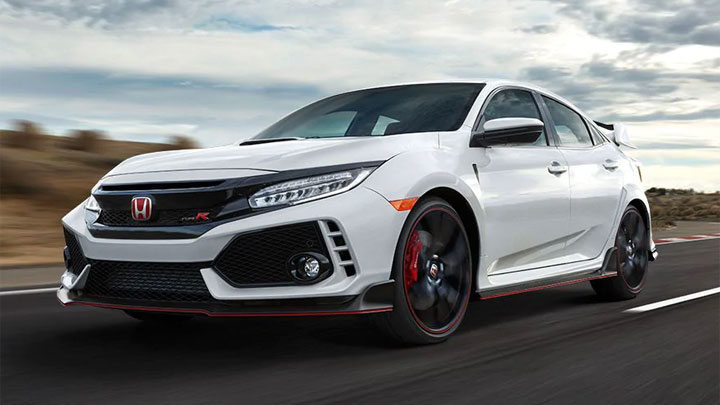Variable Valve Timing (VVT) Engine Advantages
Most modern engines are equipped with Variable Valve Timing (VVT). This technology improves performance and efficiency at the same time, but how does it really work?
Whether you are curious about how VVT works or want to know the benefits when car shopping, continue reading this overview of the key perks variable valve timing brings to modern engines.

See Also: Does a Spoon Engine Really Exist?
What is Variable Valve Timing?
No matter what type of variable valve timing system is used, they all do the same thing: adjust valve timing.
You see, the technology is widely used by most manufacturers, but a lot of them have some variations to it, including a special name.
Toyota for instance uses VVT-i (Variable Valve Timing with Intelligence), Honda has VTEC (Variable Valve Timing and Lift Electronic Control), and Ford named its system VCT (Variable Camshaft Timing). BMW, Nissan, and others have some form of variable valve timing as well.
By using complex mechanical as well as hydraulic processes inside the engine, the technology allows the engine to gain more performance when the driver demands from it, and at the same time increase fuel efficiency when you don’t really need the performance.
There are three common methods to vary the valve timing of an engine:
- Intake or exhaust valve timing are sped up or slowed down depending on what’s needed at the time
- Two sets of cam lobes per valve are used. A sliding locking pin determines which lobe operates the valve.
- Timing and lift is constantly varied for maximum performance and efficiency.
Related: SOHC vs DOHC Comparison
VVT Engine Advantages
#1 – High RPM Power

As soon as you bury your foot on the accelerator, an electronic switch is immediately activated by the car’s computer, triggering the switch over to the more aggressive camshaft profile with the help of hydraulics.
This gives the driver lots more performance at higher RPMs. In most cases, drivers can actually hear and feel when the system is active, it really is that noticeable.
Not all variable valve timing engines are performance oriented however. Some manufacturers use the technology to increase fuel economy in their engines, with no emphasis being put on power whatsoever.
#2 – Low RPM Efficiency

When driving at the lower end of the RPM, the variable valve timing system uses a camshaft with a different profile. It’s designed to offer a smoother idle with better fuel economy, as well as more low-end power and torque.
This makes it a win-win, giving the driver more drivability without sacrificing efficiency.
Related: SOHC vs DOHC Engines
#3 – Electric Monitoring
The computer onboard monitors the engine RPM in real time, the throttle position as well as the current conditions. When it feels like you’re demanding more from the engine, it will switch to a different camshaft profile giving you more power.
#4 – Lower Emissions

The other benefit of the system is that you get more internal gas recirculation. Because you have more direction for the gases, the system can actually cut down on emissions. This is crucial for manufacturers who are trying to get their vehicles under a certain limit for exhaust gasses.
Read Also: Code P0008 (VVT Issue)
Final Thoughts
The increase of power in the upper parts of the rev range is great, but the low-down torque is what makes VVT so usable. It’s better for everyday driving, and not just because of it either.
Thanks to more precise handling of engine valves, VVT makes engines significantly more fuel economical than their non-VVT counterparts.
Naturally, there are pros and cons of the system, but the simple fact is that the pros for VVT far outweigh its cons like complexity and increased production cost.
- Replace the Engine or Replace the Car? (11 Factors to Consider) - Apr 11, 2024
- Plastic Piece Dragging Under Your Car? (What It Is and What To Do) - Mar 21, 2024
- Timing Belt vs Timing Chain (What’s the Difference?) - Feb 27, 2024

So is it possible for VVT to internal damage if it syncs wrong at any given point